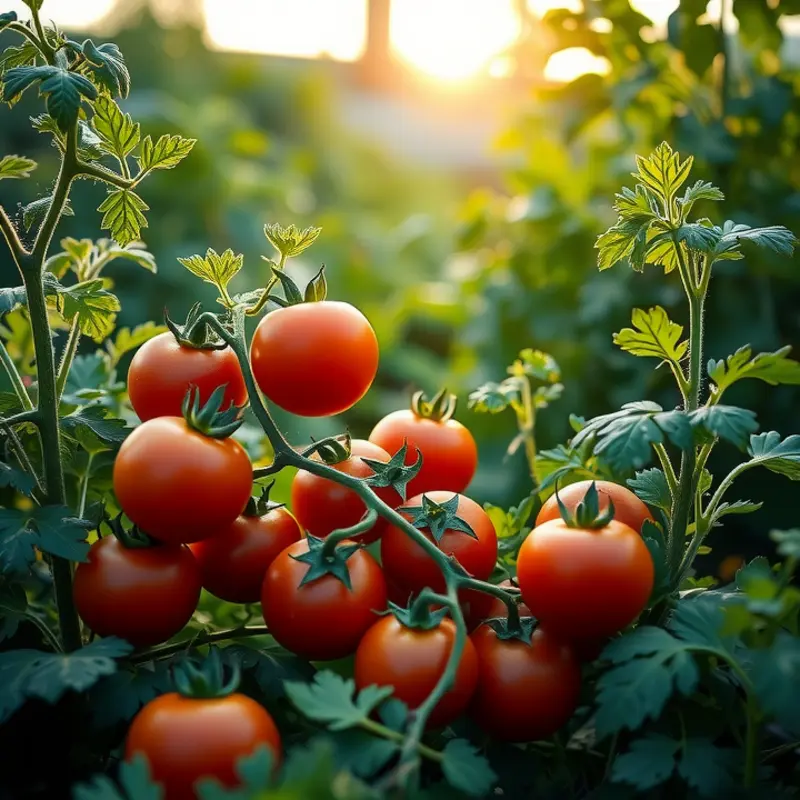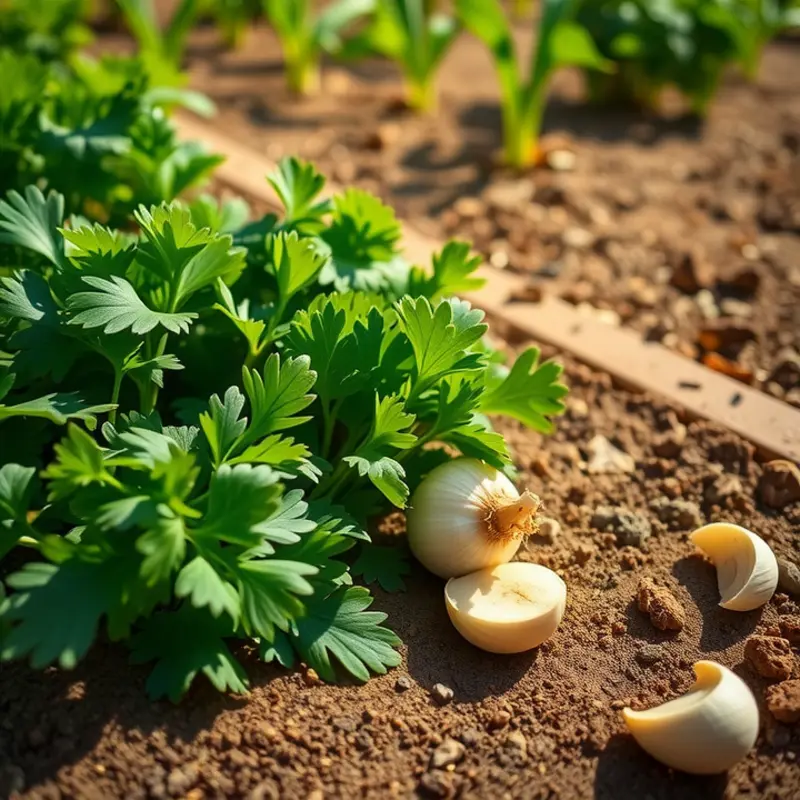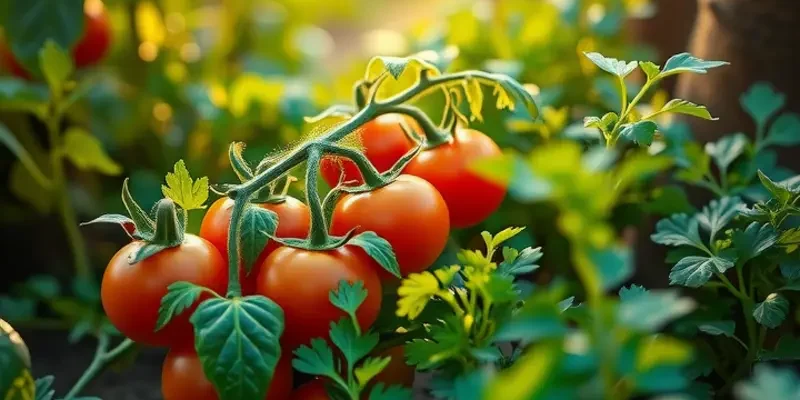Condiments often serve as the unsung heroes of the culinary world, elevating everyday meals into extraordinary feasts. Across different cultures, these flavorful companions reflect national pride and rich histories. Delving into condiment traditions offers a tantalizing glimpse into the culinary landscapes of various countries, showcasing how diverse cultures use them to enhance flavors and tell stories. From tangy sauces to spicy pastes, each condiment holds a unique narrative that is deeply woven into local traditions, making it an exciting journey for food enthusiasts and culturally-curious readers alike.
The Tangy Heritage of Salsa in Mexico

Salsa is the vibrant soul of Mexican cuisine, embodying the country’s cultural richness and diverse regions. Originating long before the Spanish conquest, salsa is deeply rooted in ancient Aztec and Mayan traditions. These civilizations honored peeled and pureed tomatoes, chilies, and other native ingredients in their culinary practices, laying the foundation for what we now know as salsa.
The heart of salsa lies in its versatility and regional diversity. Each Mexican state claims its own unique style, reflecting local tastes and available ingredients. For instance, salsa roja, made from ripe red tomatoes and red chilies, is a staple in central Mexico. Meanwhile, the vibrant hues of salsa verde, featuring tomatillos and green chilies, are emblematic of Mexico’s southwest.
The coastal regions introduce a different twist altogether. Here, salsa often incorporates tropical fruits like mango and pineapple, creating a refreshing contrast to the heat of local peppers. This fusion not only offers a taste sensation but also illustrates the interplay between land and sea, providing insight into the regional trade and agricultural practices over centuries.
At the heart of each salsa is the chili pepper, celebrated not only for its heat but for its historical significance. Chilies have been a vital component of Mexican diets for thousands of years, revered for their flavor and health benefits. You can delve deeper into the impact of such ingredients on global cuisine by exploring culinary influences from trade in this related article.
The significance of salsa in Mexican culture extends beyond the kitchen. It plays a pivotal role in social gatherings, family events, and festive celebrations. Salsa-making is often a communal activity, a way to bond over the preparation of food that will nourish both body and spirit at celebrations. This cultural practice promotes a sense of unity and joy, embodying the lively spirit of Mexico.
Despite the modern explosion of international cuisine in Mexico, salsa remains unwaveringly central to Mexican identity. Its presence in markets, restaurants, and homes highlights its enduring popularity. Vendors display a myriad of colors and textures, showcasing the regional artistic flair in each spoonful.
Moreover, salsa is evolving. Contemporary chefs experiment with ingredients like tamarind, hibiscus, and even chocolate, crafting innovative versions that still reflect traditional roots. Yet, even with these modern twists, the fundamental essence of salsa—its celebration of bold flavors and fresh ingredients—remains unchanged.
In Mexico, salsa is not merely a condiment; it is a living tradition, adaptable yet steadfast. Its tangy flavors offer a culinary journey through time and across regions, capturing the heart of a nation and inviting the world to experience its heritage with every bite.
The Boldness of Chimichurri in Argentina

In the vast culinary landscape of Argentina, chimichurri stands as a bold testament to the country’s love of grilling and robust flavors. Originating from the heart of the Pampas, this vibrant sauce is as integral to Argentine cuisine as the famed asado—a social barbecue akin to a cultural ceremony. Chimichurri’s origins are shrouded in the mists of history, yet it’s believed to have emerged in the 19th century, possibly influenced by Basque and Italian immigrants.
At its most basic, chimichurri is a mixture of finely chopped parsley, minced garlic, olive oil, oregano, and red wine vinegar. Yet within these humble ingredients lies a sauce that can elevate any cut of meat. Its name, possibly derived from the Basque word “tximitxurri,” meaning “a mix of several things in no particular order,” reflects its varied interpretations.
The cultural significance of chimichurri cannot be understated. It transcends being a mere condiment; it’s a celebration of flavors that complement the rich and hearty nature of Argentine beef. Used primarily as a marinade or a vibrant finishing sauce, chimichurri is synonymous with the country’s asado traditions. The ritual of the asado brings family and friends together, forging strong social bonds, reminiscent of a communal celebration with chimichurri as a vital component.
Chimichurri’s variations are as diverse as the regions of Argentina. In some areas, it incorporates spicy red pepper flakes or a touch of smoked paprika for added depth. Others may substitute wine vinegar with lemon juice for a citrusy punch. In certain parts of the country, you might encounter a version with finely chopped tomatoes, contributing a richer texture and heightened sweetness.
The preparation of chimichurri is an art in itself, requiring a balance of flavors. The freshness of the parsley must be perfectly harmonized with the acidity of the vinegar, while the garlic provides a pungent kick. Each element in this rustic sauce plays a crucial role, contributing to its iconic flavor.
No Argentine gathering is complete without chimichurri gracing the table, alongside sizzling steaks, sausages, and other grilled delights. The sauce’s versatility doesn’t end there; it pairs beautifully with vegetables or as a seasoning for roasted potatoes.
Chimichurri’s simplicity is deceptive; mastering it requires understanding the nuances of its ingredients. Its adaptability is a testament to its enduring popularity in both traditional and modern Argentine cuisine. For those interested in recreating this culinary marvel at home, focus on achieving balance and freshness in your ingredients. For more insight on preserving the freshness of herbs and other perishables, you might find helpful tips in this guide on safe storage.
The beauty of chimichurri lies in its ability to bring people together, its flavors as vivid and diverse as the Argentine culture itself. As you savor this bright and lively sauce, you are partaking in a tradition that celebrates not just food, but the warmth and connection of community.
Final words
From Mexico’s lively salsa to Argentina’s aromatic chimichurri, the world of condiments is a colorful tapestry interwoven with local flavors and traditions. Each condiment tells a story of its region’s history, culture, and culinary artistry, connecting people through shared tastes and experiences. As you explore these vibrant traditions, remember that the simplest of ingredients can create extraordinary flavors that are lovingly passed down through generations. Embracing these culinary traditions opens the door to a world full of flavors waiting to be discovered and enjoyed.








